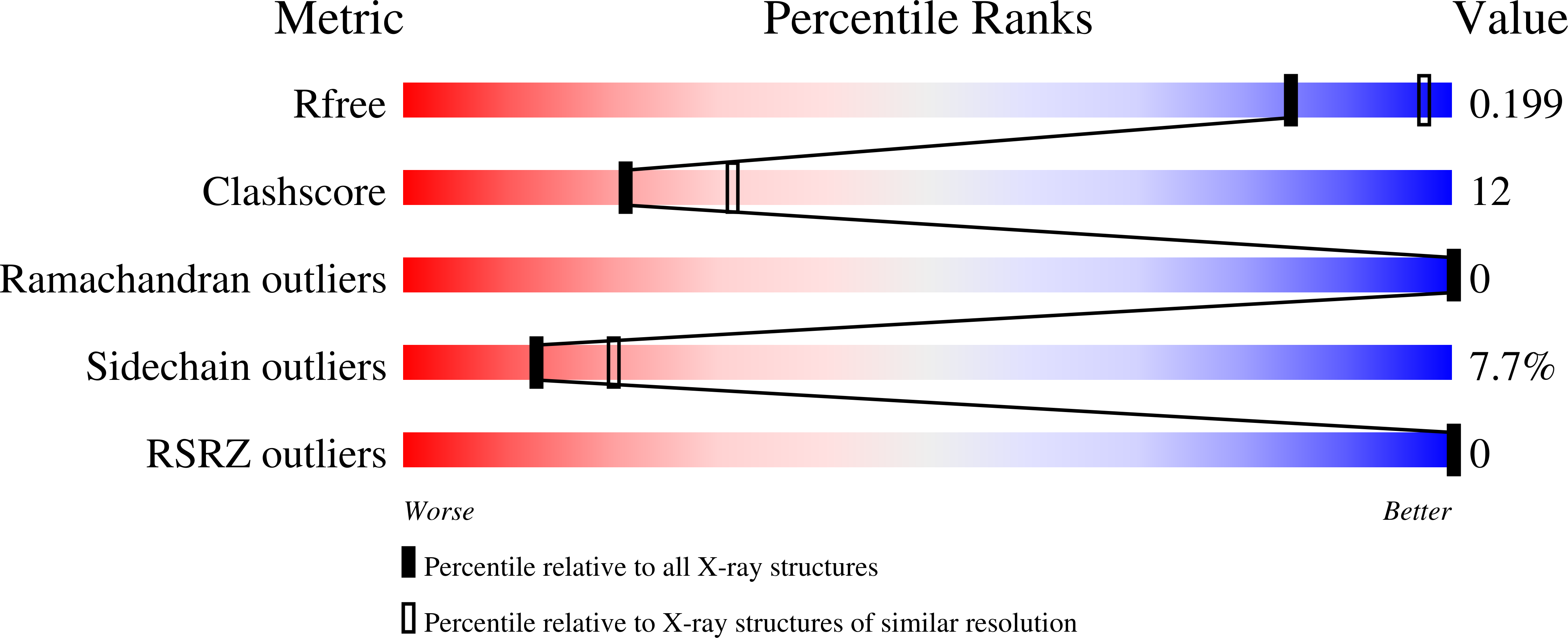
Deposition Date
2001-02-27
Release Date
2001-03-07
Last Version Date
2023-08-09
Method Details:
Experimental Method:
Resolution:
2.40 Å
R-Value Free:
0.24
R-Value Work:
0.22
Space Group:
P 41 21 2


